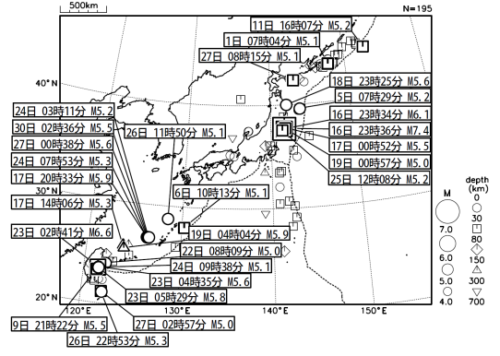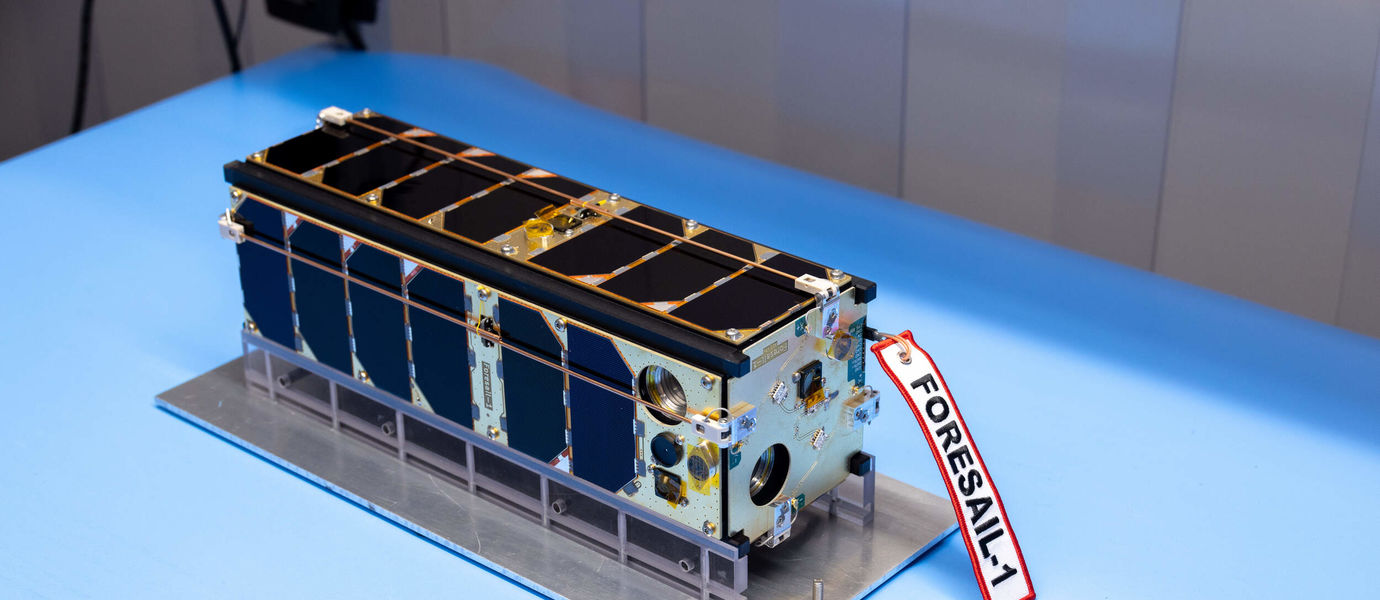2022-04-12 スイス連邦工科大学ローザンヌ校(EPFL)
・EPFLのLászló Forró教授率いる科学者チームは、二酸化チタン(TiO2)ナノワイヤーとカーボンナノチューブを組み合わせた新しい浄水フィルターを開発し、太陽光のみを動力源として、これを実現した。
・この装置をE. Coli(大腸菌)、先進国でよく見られる下痢を引き起こす病原体Campylobacter Jejuni、Giardia Lamblia(腸炎ジアルジア)、Salmonella、Cryptosporidium(下痢性腸炎を引き起こす)、Hepatitis A virus、Legionella Pneumophila(レジオネラ症を引き起こす)などでテストしました。また、農薬や残留薬剤、化粧品などの微量汚染物質の除去にも効果が期待できる。
<関連情報>
- https://actu.epfl.ch/news/solar-nanowire-nanotube-filter-offers-easy-access-/
- https://www.nature.com/articles/s41545-022-00157-2
TiO2ナノワイヤーとカーボンナノチューブを用いた光触媒ナノコンポジットフィルタによる太陽熱水浄化 Solar water purification with photocatalytic nanocomposite filter based on TiO2 nanowires and carbon nanotubes
E. Horváth,J. Gabathuler,G. Bourdiec,E. Vidal-Revel,M. Benthem Muñiz,M. Gaal,D. Grandjean,F. Breider,L. Rossi,A. Sienkiewicz &L. Forró
npj Clean Water Published: 07 April 2022

浄水器のろ過・除菌の様子。左は、一般的に飲料水を汚染する微生物の一例。ナノワイヤ-カーボンナノチューブ複合体フィルタの表面に病原体が捕捉される。右は、紫外線照射によりフィルター表面で活性酸素が生成される様子を示した図。
出典:Horváth et al.
Abstract
Water contamination due to environmental conditions and poor waste management in certain areas of the world represents a serious problem in accessing clean and safe drinking water. This problem is especially critical in electricity-poor regions, where advanced water purification methods are absent. Here, we demonstrate that titanium dioxide nanowires (TiO2NWs)-based photocatalytic filters assisted only with sunlight can efficiently decontaminate water. Moreover, interweaving TiO2NWs with carbon nanotubes (CNTs) leads to the formation of a TiO2NWs/CNTs composite material and offers an additional water decontamination channel, that is of pasteurization with the visible part of the solar emission spectrum. Our results demonstrate that this nanoporous filter can successfully intercept various types of microbial pathogens, including bacteria and large viruses. In addition, photo-catalytically generated reactive oxygen species (ROS) on the surface of the TiO2NWs/CNTs-based filter material under exposure to sunlight contribute to an efficient removal of a broad range of organic compounds and infective microbes. A pilot study also yielded encouraging results in reducing traces of drugs and pesticides in drinking water.



